The 5 Best VirtualBox Alternatives for Windows in 2019
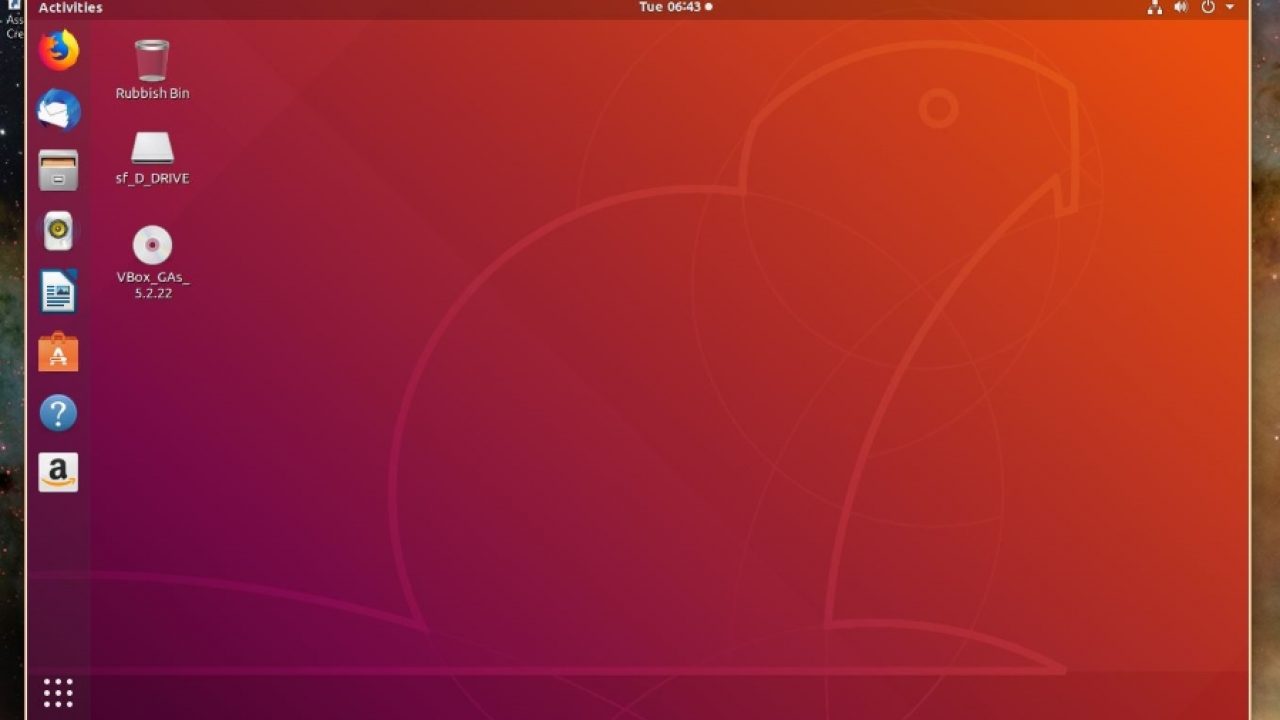
VirtualBox is a great piece of virtualization software from Oracle. It is free, easy to use and brings the potential of virtual machines to the home. It is used in enterprise but the free version is most often used at home to host different operating systems within your Windows installation. VirtualBox isn’t the only show in town though. Here are what I think are the best VirtualBox alternatives for Windows in 2019.
Virtualization is the process of creating a virtual computer within a software environment. VirtualBox creates a self-contained shell that fools the guest operating system that it is running on dedicated hardware. That way, you can run as many virtual machines as you want without impacting your core operating system.
The best VirtualBox alternatives
One thing it helps to know when talking about virtual machines is host and guest. The guest refers to the operating system installed within a VM while the host refers to the computer you are installing that VM on. So if you install VirtualBox on a Windows computer and install Ubuntu Linux, Windows would be the host and Ubuntu the guest.
Virtual machines are also often referred to as VM to make things slightly more confusing.
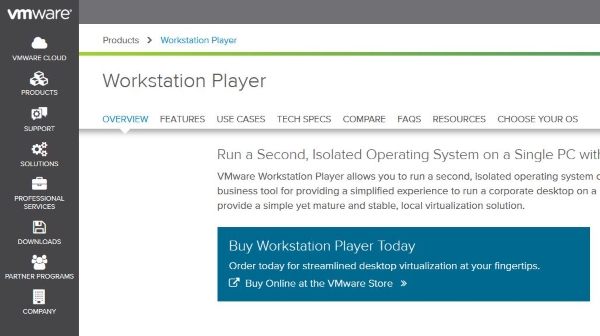
VMware Workstation Player
VMware Workstation Player is a pro-level virtualization product owned by VMWare. The company runs many of the busiest enterprise virtual machine operations around and VMware Workstation Player is a very competent product. It does everything VirtualBox does like allow multiple guest installations, manage multiple operating system types and work with portable installations.
It costs money though. Depending on what offers are going on, it will cost between $100 and $150 for a full license. You do get excellent support and the ability to work with almost any type of system and environment. There is a free version for home use which is worth checking out.
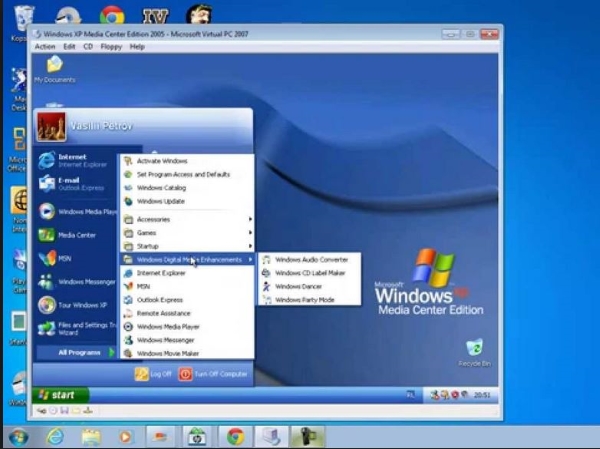
Windows Virtual PC
Despite being created by Microsoft, Windows Virtual PC is actually pretty good. What it does, it does well and works natively within Windows. It is limited to running only Windows VM though so is only useful for testing earlier or newer versions of Windows or for using a sterile install for security reasons.
The interface looks a little like Windows Media Player and setup is very straightforward. Designed for Windows 7 and not updated much since, it does still work in Windows 10. It isn’t the most powerful offering or the most flexible but if you’re staying within Windows and just want to play around, Windows Virtual PC should do the trick.
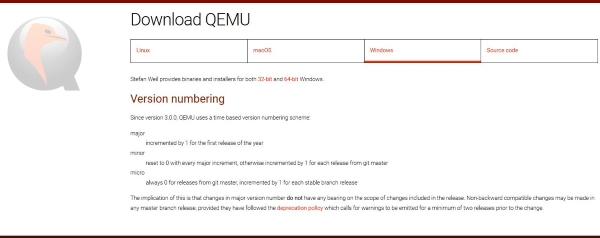
QEMU
QEMU is free and open source and works with most host and guest operating systems. The name apparently stands for Quick Emulator and does live up to its name. QEMU is available for Linux, MacOS and Windows hosts and will work with the same guest OS. It’s a straightforward install and fairly straightforward to set up. Once done, you have full control over your VM.
The downside of QEMU is that it isn’t quite as easy to use as these other VirtualBox alternatives for Windows. There is documentation and there is help to be had but there is more figuring out than these other applications. However, once up and running, it is one of the most powerful non-Enterprise VM applications available.
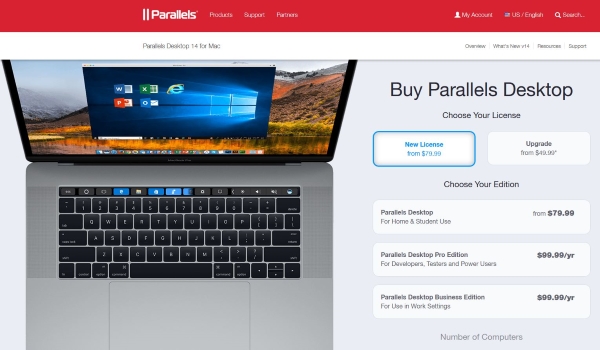
Parallels
Parallels was originally designed to run Windows guests within MacOS hosts. That expanded to include all host operating systems and should now run on any Intel-based computer. I didn’t find this as intuitive to use as VirtualBox or VMWare but it makes short work of installing guest OS. It is easy to set up too which is always good.
Parallels isn’t free and costs $79.99 for a home license or $99.99 for a Pro license. That’s a significant outlay for the home user but if you’re into your VM and want to take it further, or want maximum compatibility with MacOS hosts, this could be the product you’re looking for.

XenServer
XenServer may be a little much for the average home user but if you’re learning about VMs for work or want to develop your skills for the workplace, XenServer comes a close second to VMWare in terms of power and ubiquity. It is free for home use and open source and is very powerful indeed.
The downside of that is that there is quite the learning curve. In terms of usability, there is a lot of documentation out there but there will be a lot of head scratching and configuring until you get things just right. Then, you will be using one of the most popular enterprise-level virtualization suites out there.
Those are what I think are five of the best VirtualBox alternatives for Windows in 2019. Each has different strengths and weaknesses and each has something slightly different to offer. Got any other ideas of what to use instead of VirtualBox? Tell us about it below if you do!

















5 thoughts on “The 5 Best VirtualBox Alternatives for Windows in 2019”
İ am windows 7 user i cannot run virtualbox
Error 0xc80004005